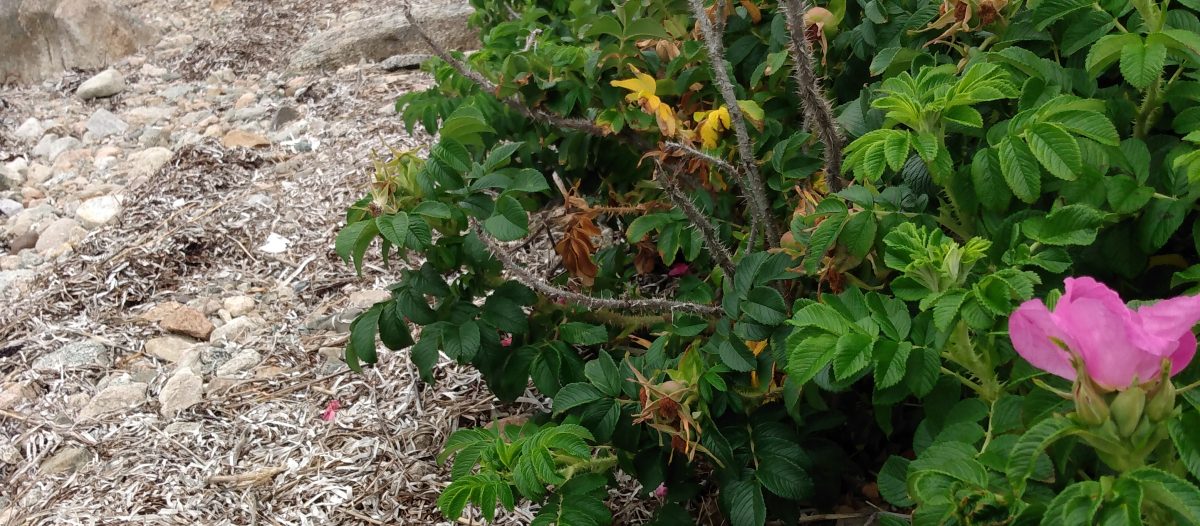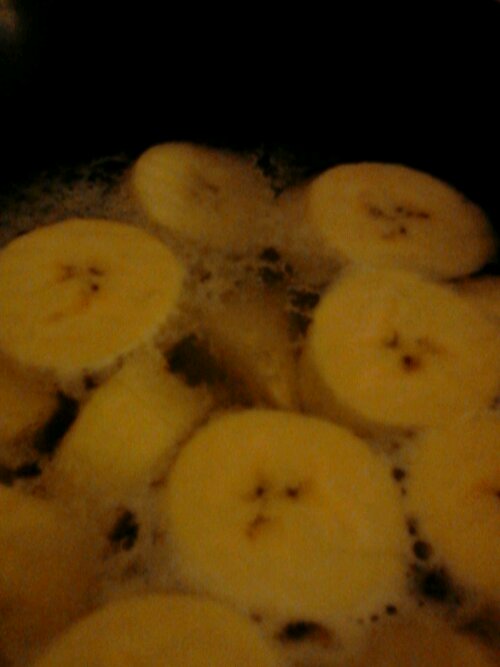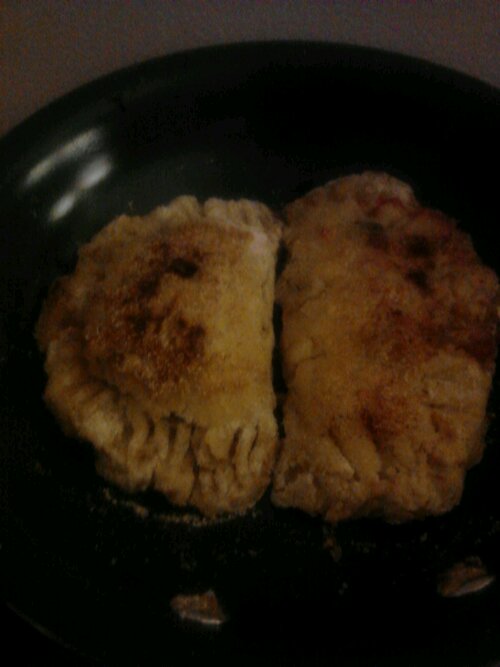I guess I must have been seeing a lot of plantain…the banana type plantain…in grocery stores in Texas.
Just a few weeks ago when I was on the look out for Palo Verde trees…ripe with their peapods…
Terri and I got an opportunity to harvest these Palo Verde peapods just a few days after I embarked upon a new dough frontier for me.
Plantain Dough which I made for empanadas.
So there I was in the South Texas grocery store looking for fruit and vegetables and the ever beckoning plantain pulled me toward it.
Remembering my year spent in Somerville, Massachusetts in the Winter Hill area the local grocery had plantains there. I also visited Cuba that year and felt especially inspired to try the Plantain in my own modest studio apartment kitchen. The result was that I really did like the fried discs and found them starchy, sweet and satisfying. (Someday I want to try Tostones…fried discs then flattened and fried again.)
So here goes…I got the plantain and it wasn’t green…this time but yellow with black stripes and spots along with the yellow which reminds me of the ripeness of a banana.
But with characteristic black markings.
Immediately I surf the web and find a lot out about the plantain. Many parts of the world use the plantain similar to a potato…mashed, fried…etc. It is one of the main sustaining staples in many parts of the world and here I wanted to make a go of it myself!
Oh yeah, in Laredo we found a specialty beer shop right next to our motel! Needless to say…Terri and I were thrilled!
Yummy a toast to you and then I embarked on my plantain expedition.
I had read a surprising amount of posts about plantain dough empanadas! How exciting. Although traveling for the last 2 1/2 years with a 7 month stint in Asheville, NC…I had been living in New Mexico for 10 of the last 13 years.
Empanadas definitely rang a bell. Various Santa Fe restaurants sprang to mind and I do remember sampling some fried dough empanadas. Plantain? I don’t recall that but I definitely remember ordering savory fried empanadas before.
To get started I followed wisdom and advice of other plantain dough enthusiasts and although I concocted my own recipe…certain preparations remain consistent.
First: use a paring knife cut the peel from end to end. (The peels do not pull apart as easily as bananas do…even when the plantain is ripe.)
Second: cut plantain into discs about 1/4 inch in size.
Then boil in salted water until tender…test with a fork it should slide right through when done.
Let cool off completely.
Third: after plantains are cool mash them
And add a ripe banana. (I suppose one could try boiling a green banana…perhaps throwing into pot partway through the boil of the plantains…but that thought just occurred to me and would make dough less sweet…)
Back to the Third step:
Add a ripe banana to cooled mashed plantains and mash it all together. Add a pinch of salt. Mix/mash it all together.
Fourth step: perhaps this recipe could easily be paleo: I haven’t tried it but maybe coconut flour or nopales flour could be added, etc .but I added Organic Corn Flour from Bob’s Red Mill.
Work the flour in a couple of tablespoons in at a time. The moisture from plantain and banana should be enough to work with as long as you don’t add too much.
Scoop some out if you add too much or if it’s borderline too dry try adding a bit of water.
Work the dough until it forms a slightly moist ball of dough but don’t overwork it.
Let it rest in a cool spot for 15 minutes.
Fifth step:
Separate dough into four segments. I don’t have a rolling pin and could improvise but chose to roll segment into a ball shape in my hands. Then I pressed it flat with palm of myy hand and pressed it out from the center with my fingers on a floured surface.
It doesn’t need to be paper thin but moderately thin.
Sixth step:
Fill with your choice of filling. This dough works well for a berry filled empanada.
I made a mixture of raspberries, blueberries almond butter a bit of coconut oil and cinnamon. (What I had on hand)
I put a teaspoon of filling in middle of one side and folded the other half over it. I crimped the edges with a fork which reminds me of what my mom likes to do…
*then heat up a non stick skillet and cook on each side a minute or so until dough sets and becomes more firm and browns slightly.
I know empanadas are often fried but I opted out of that and wanted less oil.
Yum! This recipe made 4 empanadas.
I hope you have fun on this plantain dough adventure! I know I did!
And here’s a toast to you for making it through! 🙂








































